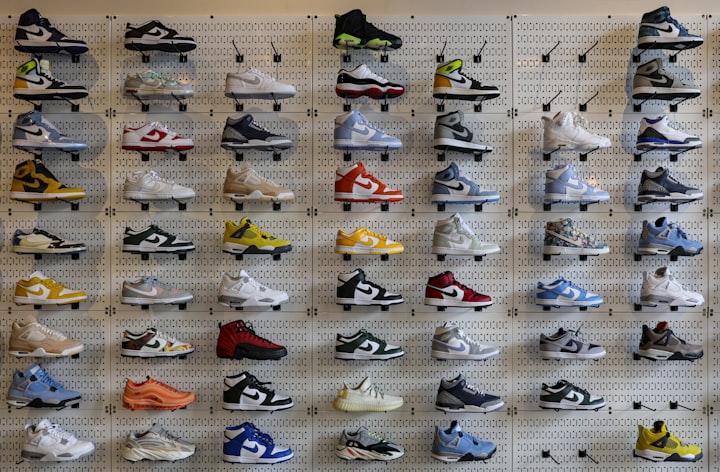Increasing Network Data Transfer Rates
Parallel Shifting and Multiplexing

Data transmission and conveyance of information can be fast. Multiple movies and videos can stream to a user device and web pages accessed in seconds. Increasing data transmission rates or bandwidth between devices could be beyond what is usable or necessary. However, time sensitive communications and advances in technology and entertainment such as streaming a virtual reality environment from a remote server could require devices capable of sending and receiving increased amounts of data. The topic of increasing data transmission rates can stimulate innovation and new technologies as well as provide companies and startup companies the opportunity to design new device component hardware and software.
Data bits of 0 and 1 can shift to and from device components in two ways; serial or parallel. Serial shifting sends and receives one bit of data at a time while parallel shifting sends and receives multiple bits simultaneously. Internal device components are designed for parallel shifting. Removing the memory or network interface card from a desktop computer allows you to view multiple pins for a connection allowing parallel shifting to components such as a processor and memory controller. Additionally, the processor contains parallel connections to components such as a hard drive and graphics card. A 64 bit computer can shift 64 bits between certain internal components in a single clock cycle. Implementing 64 bit parallel shifting to include connections between separate user devices could increase a 25Mbps bandwidth to 25Mbps x 64 or 1.6Gbps.
Internal components of network connectivity devices such as routers and switches also use parallel shifting with data transferred between separate devices using serial shifting. A wired Ethernet connection or wireless Wi-Fi connection from a router to a home computer as well as a mobile phone connection sends data one bit at a time. Efficiency can be increased by compressing and expanding the data using algorithms such as compression algorithms and increasing bandwidth can be accomplished with new or advanced hardware as well as efficient standards and protocols for data transmission. An additional option can be to implement parallel shifting to device connections which can be assisted with multiplexing.
Multiplexing can provide techniques to apply parallel shifting to device connections. Multiplexing involves combing multiple signals into a single signal or transmitting multiple signals and subsequently generating each signal. Parallel shifting using multiple direct connections can provide increased efficiency. Increasing the number of router or network interface card inputs and outputs, with a cable to accommodate the additional connections, can be similar to a device’s internal parallel shifting. Multiplexing to apply parallel shifting can provide increased bandwidth with additional limitations such as processing time and power.
Current multiplexing techniques used for transmission include frequency division multiplexing and code division multiplexing. Frequency division multiplexing can be used to transmit signals between a home and an ISP office as well as between a cell phone and cell phone tower. Applying the technique to parallel shift data to a 64 bit device can require 64 frequencies allocated to a single device. An additional option to send multiple bits simultaneously is code division multiplexing. GPS satellites transmit data on specific shared frequencies. Each satellite modulates bits to the frequency using a code specific to the satellite. A user device can use the code and some math to demodulate separate data streams from the same frequency.
There are a variety of methods that could be used to transmit data in parallel and it can be a major step to maximize bandwidth. I would be interested in reading or seeing research and development or DIY projects altering network interface cards to parallel shift data connections. Large scale implementation could require proof of concept on Local Area Networks and expand to the Internet.





Comments
There are no comments for this story
Be the first to respond and start the conversation.